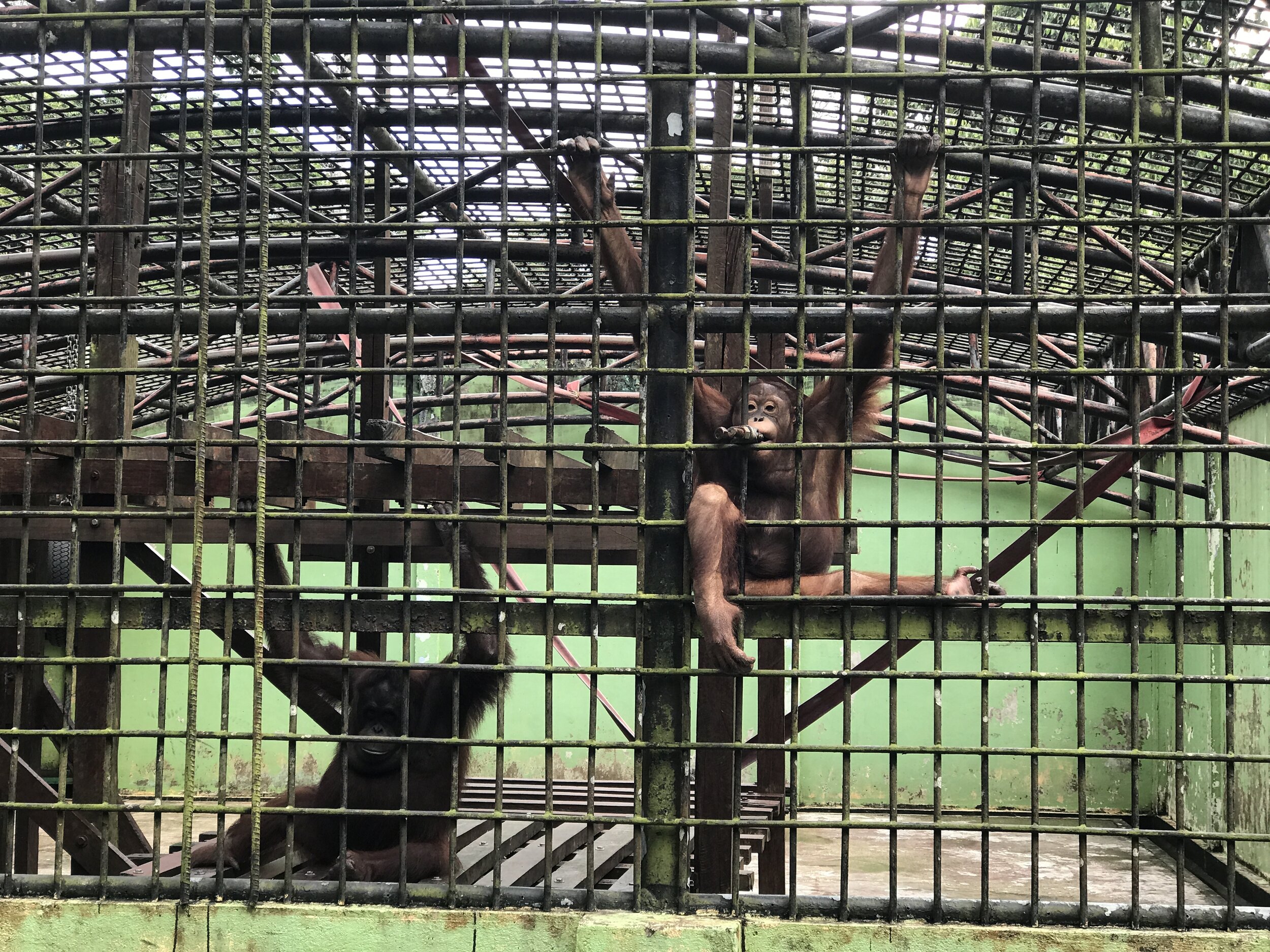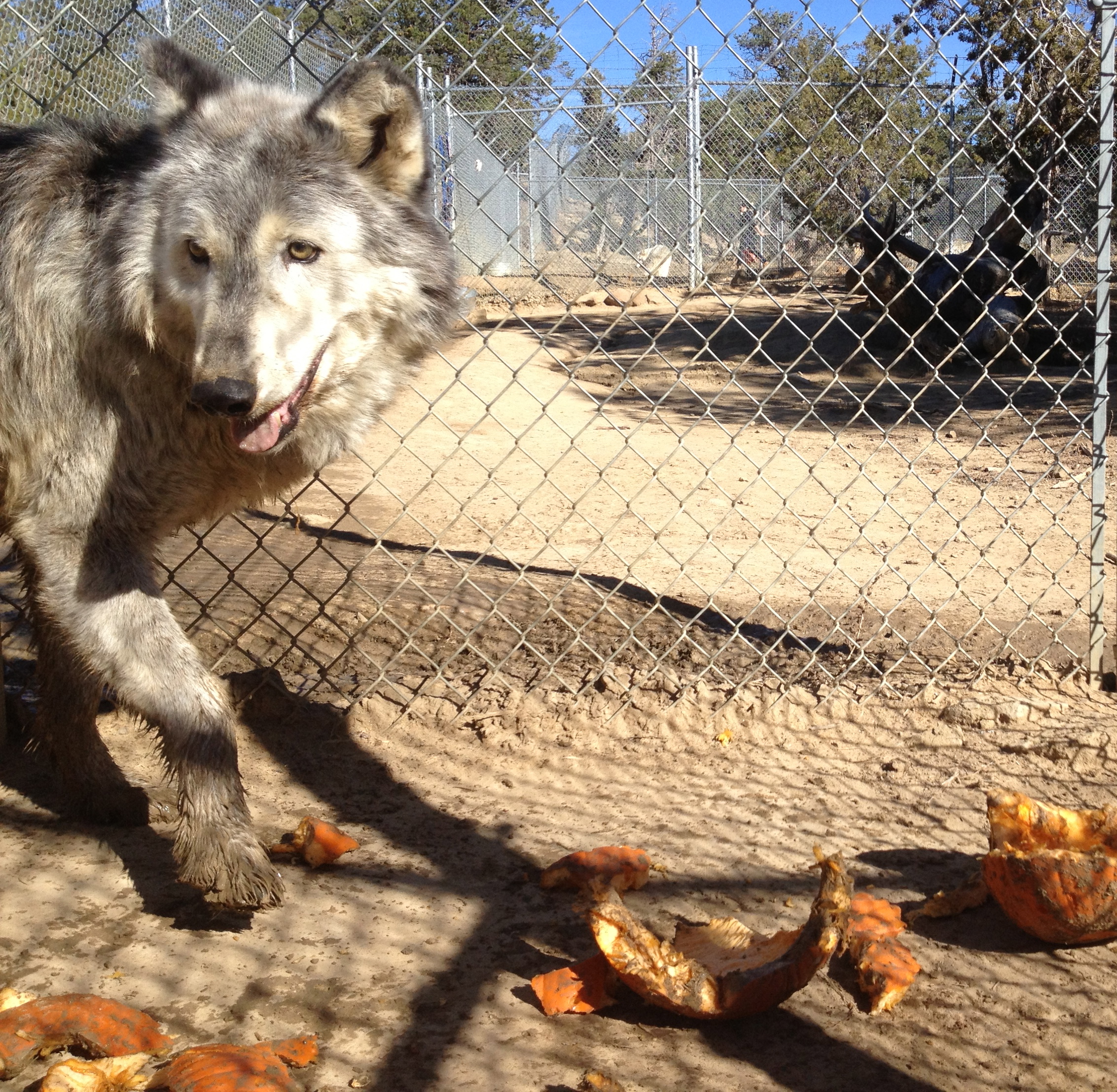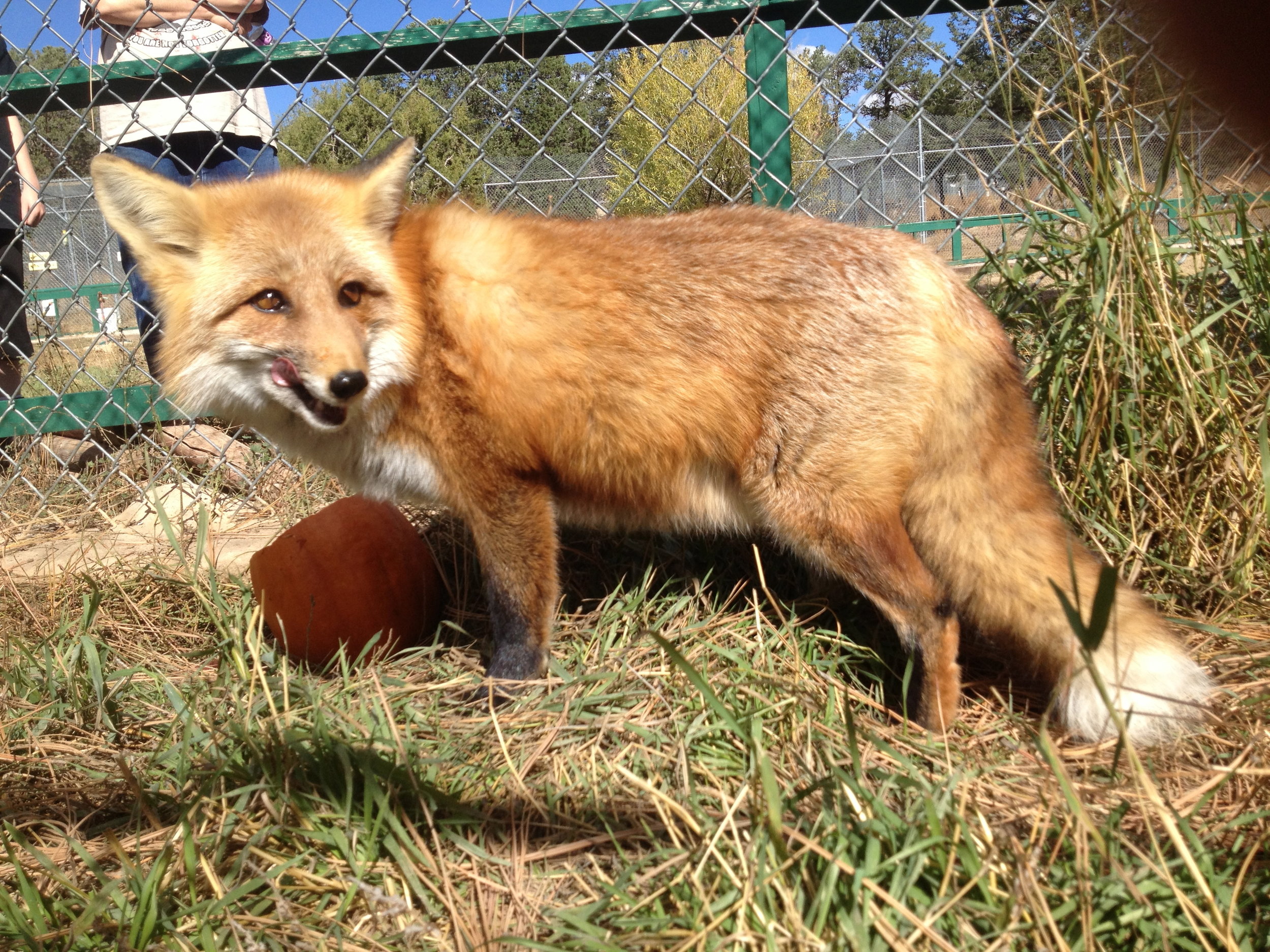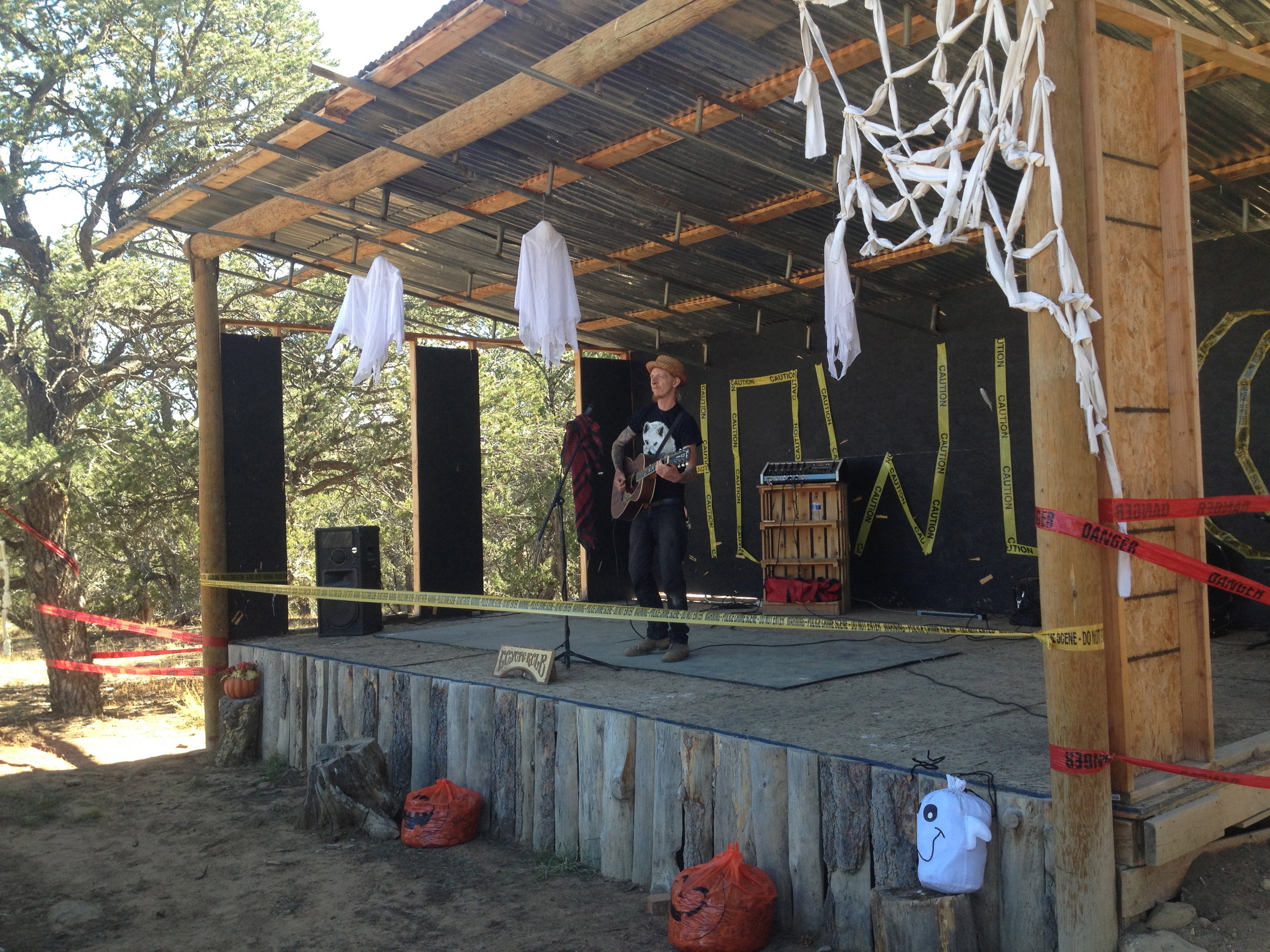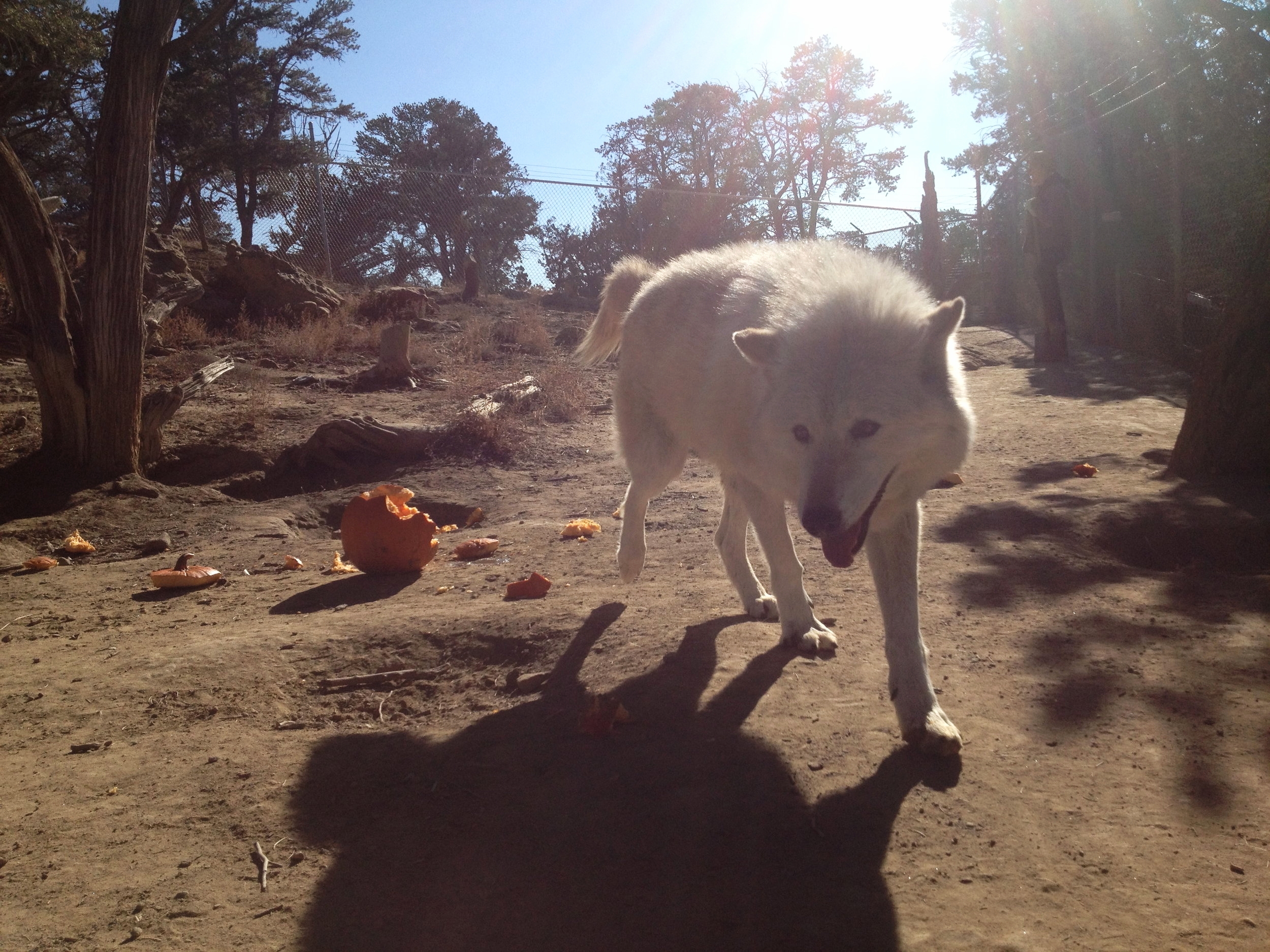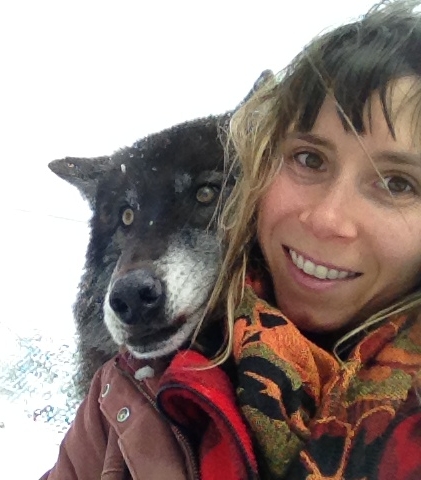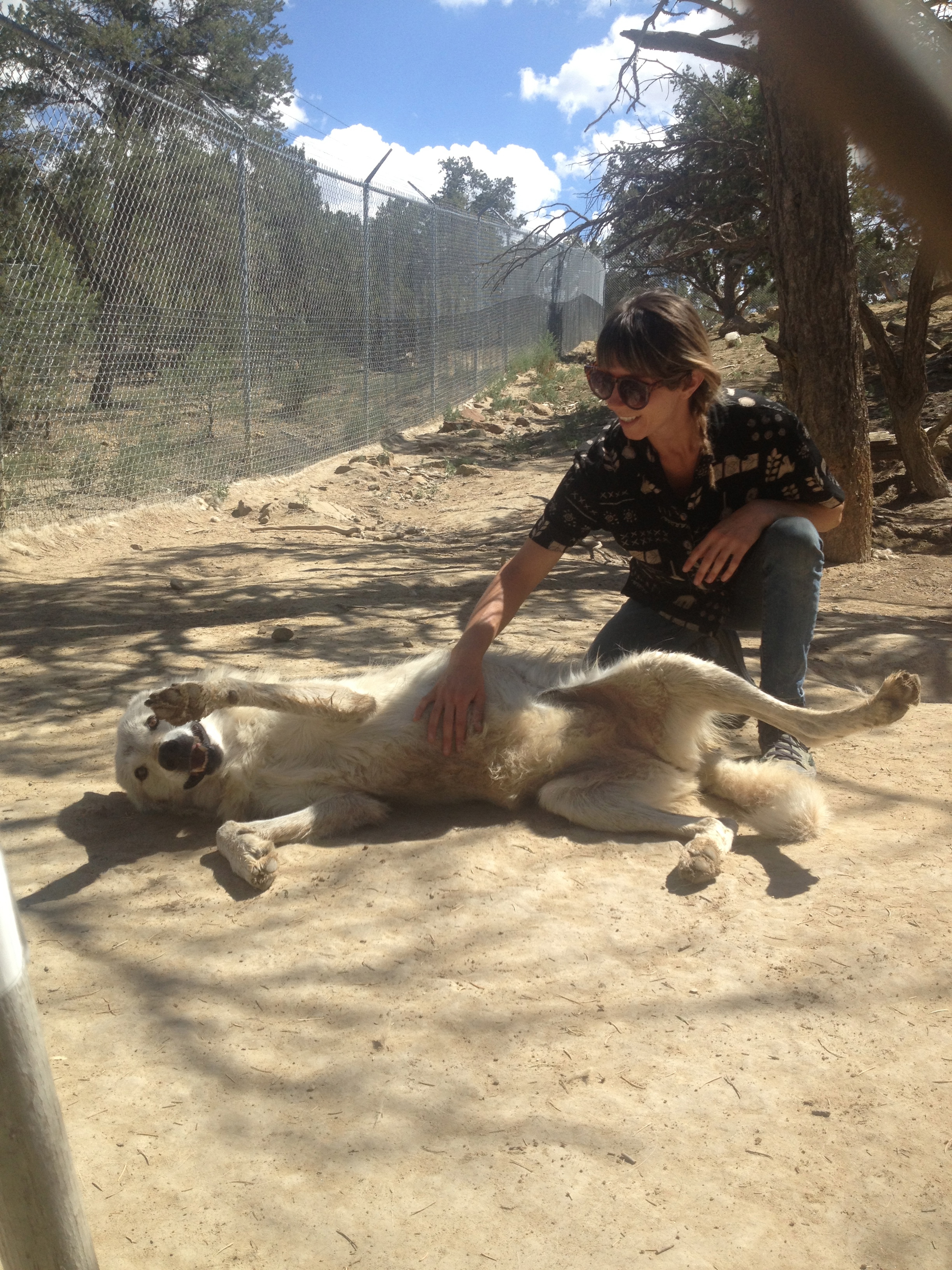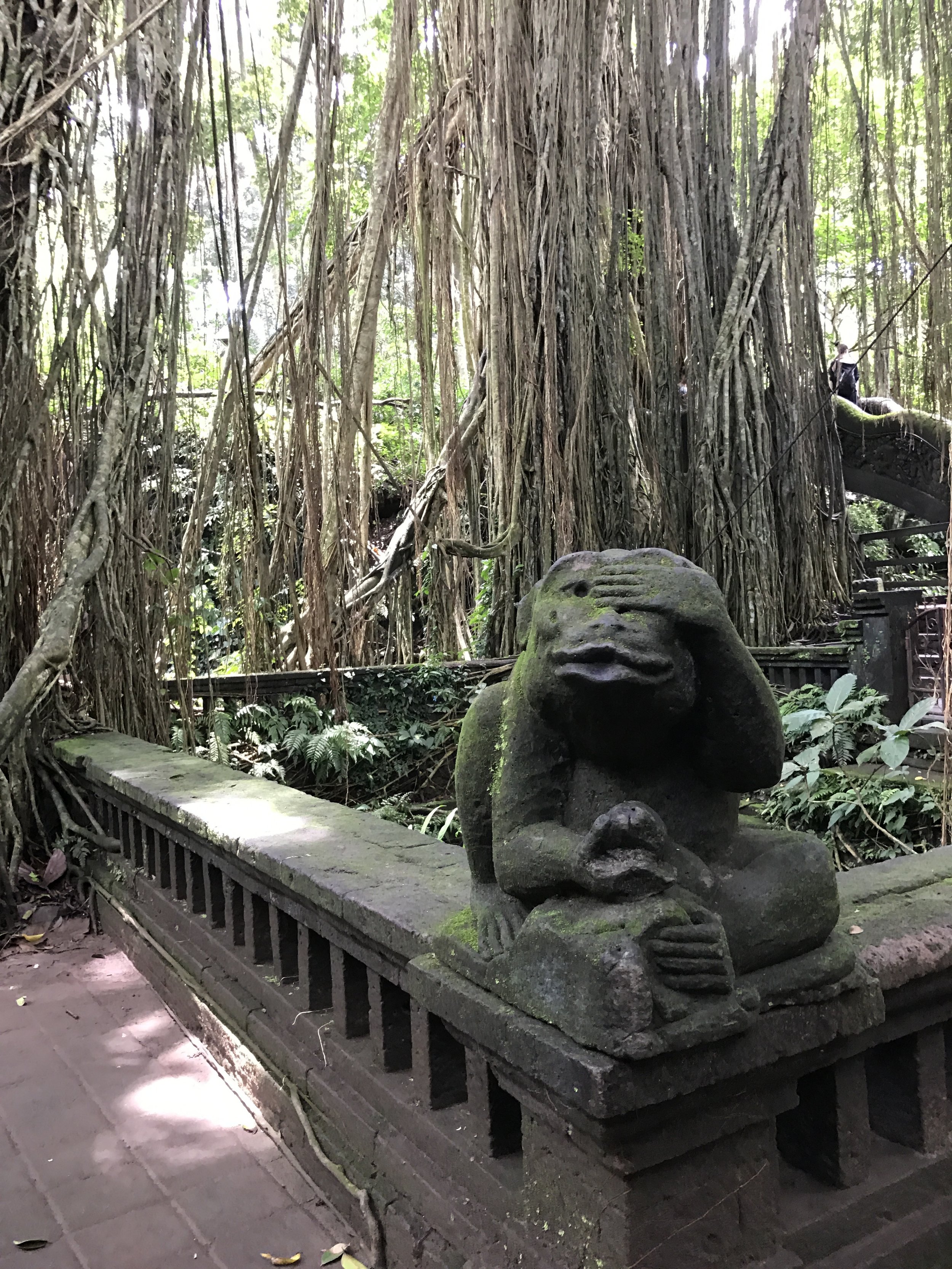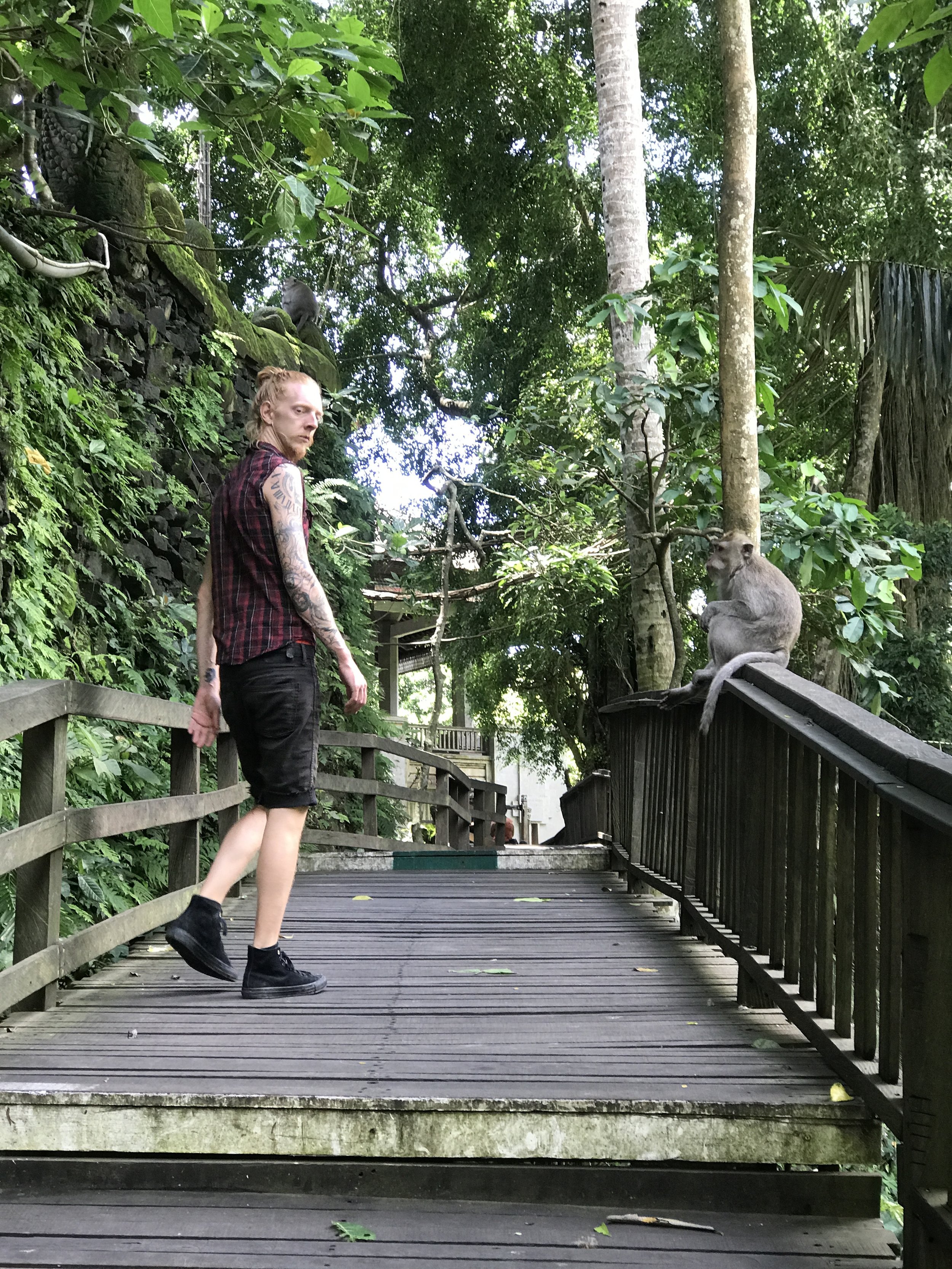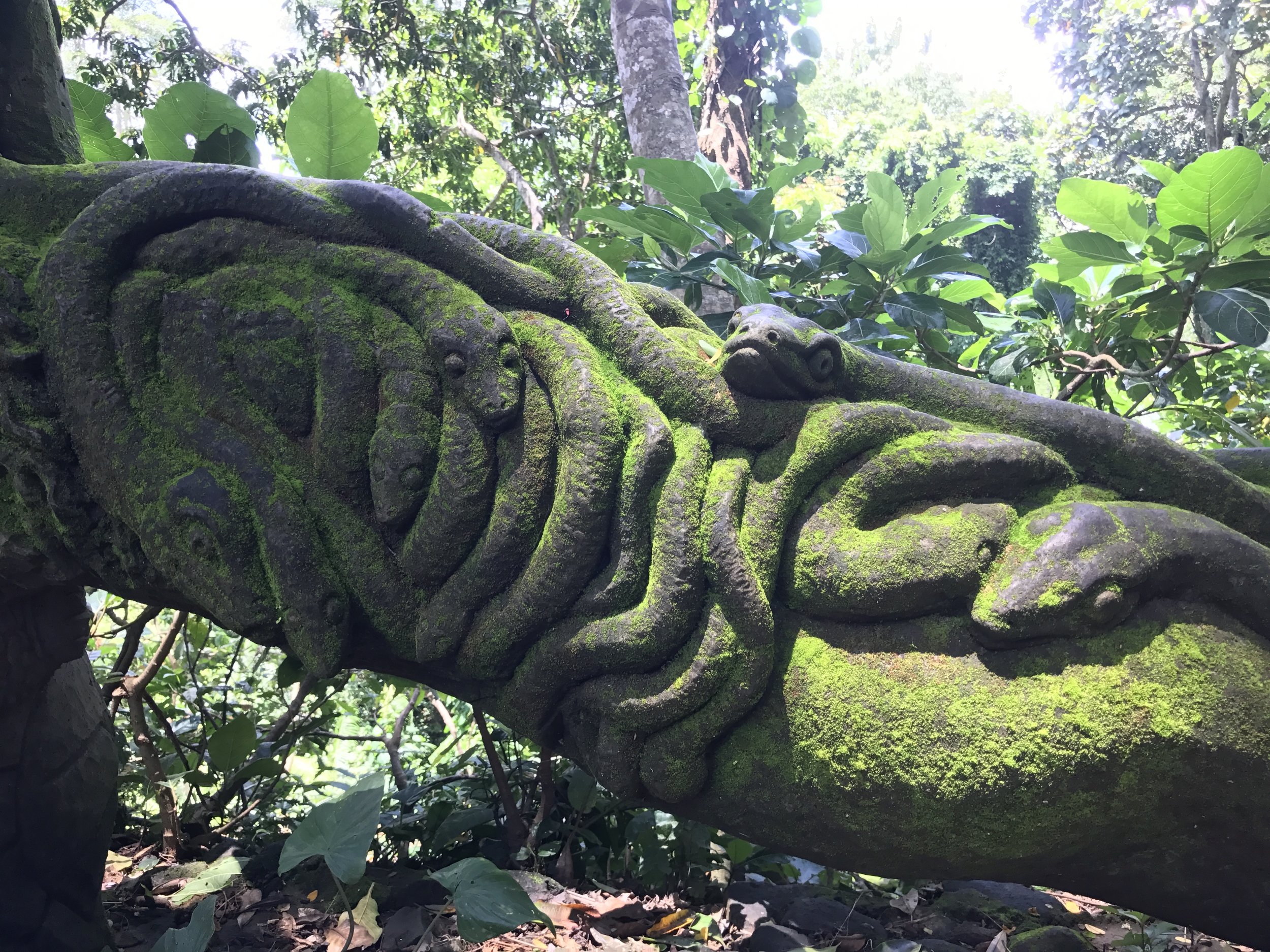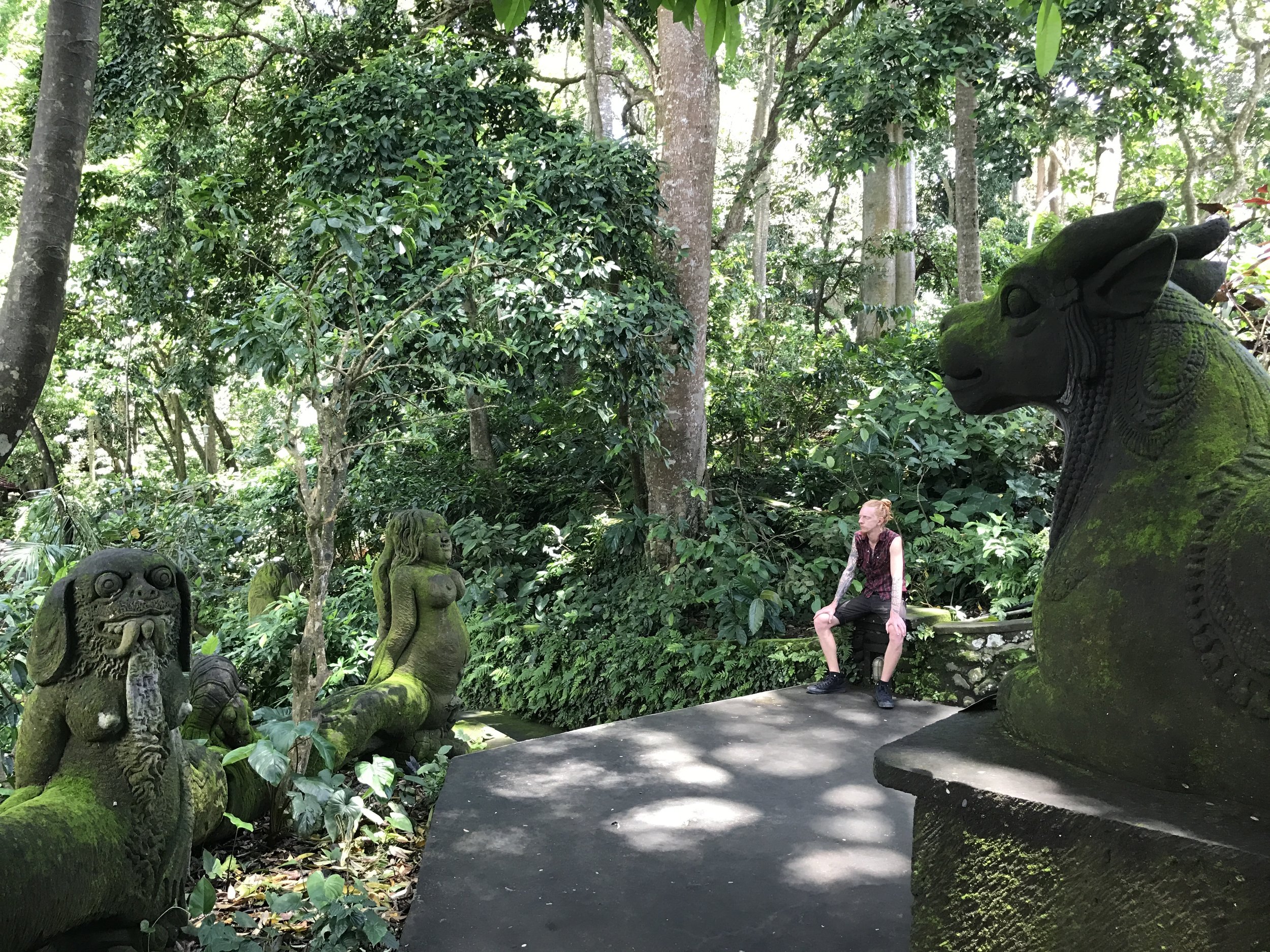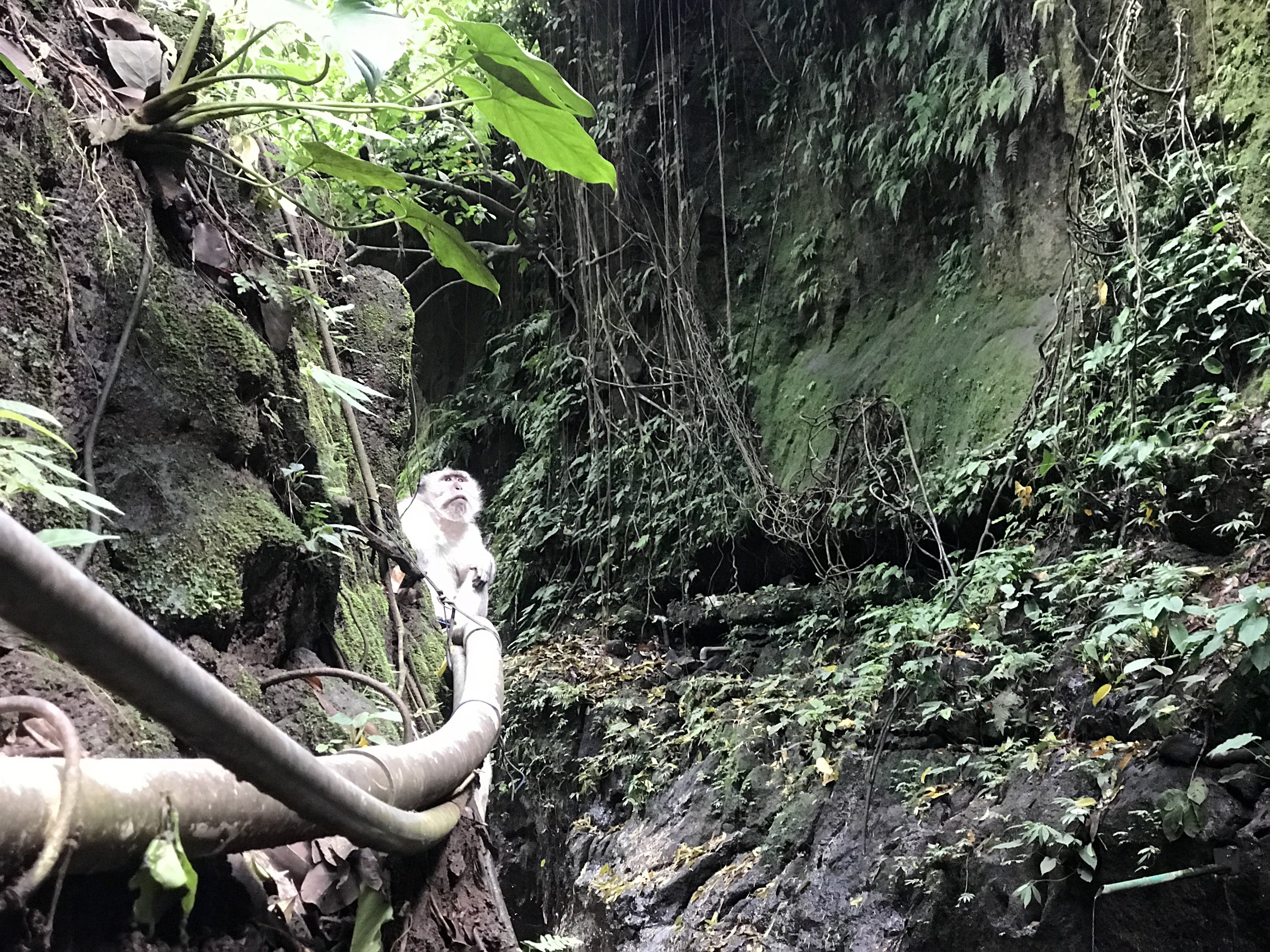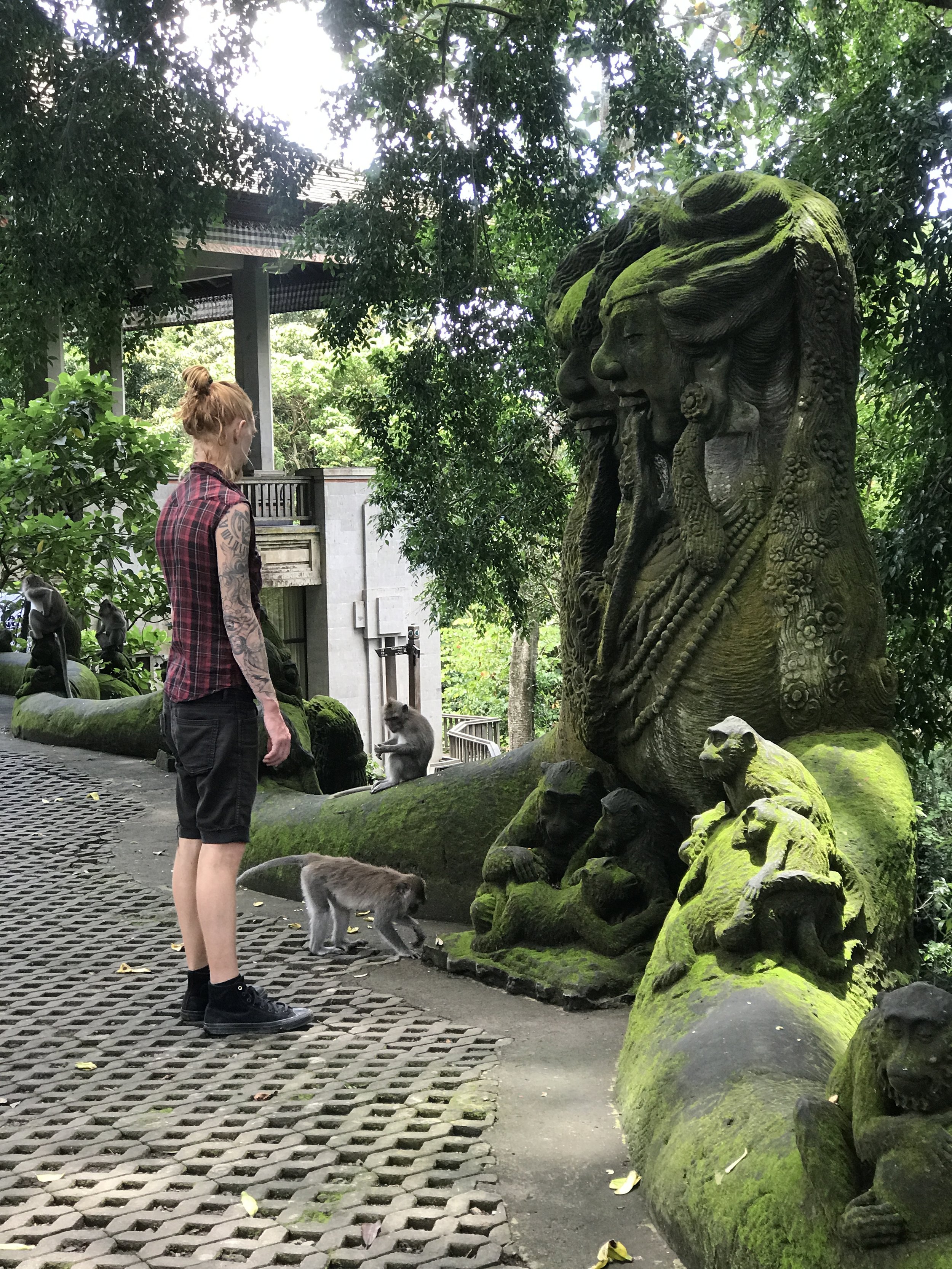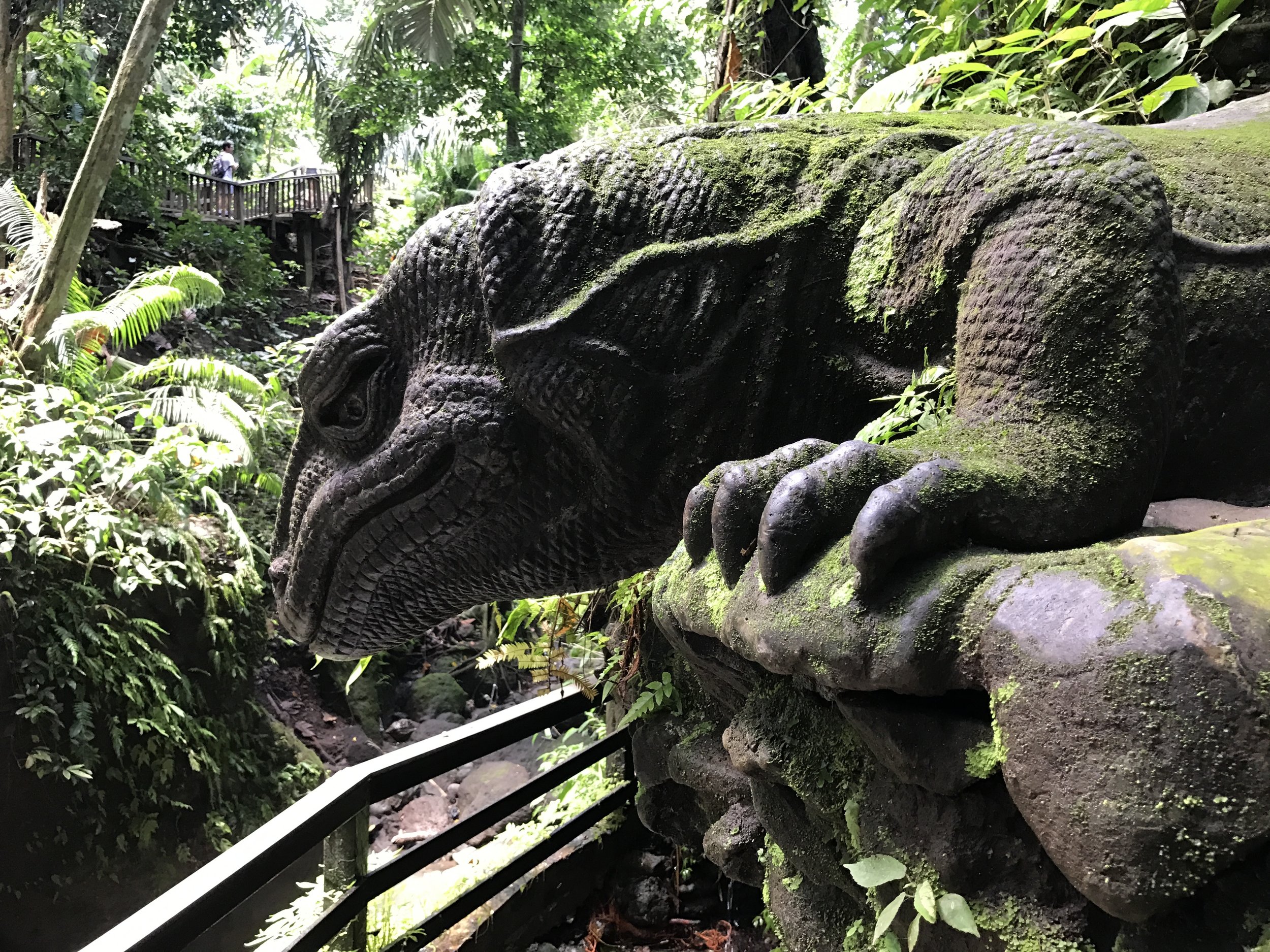Orangutans in a rehabilitation program at Matang Wildlife Centre, Borneo. 2017.
Today, humans have greater access to exotic animals than ever before. A quick Internet search yields any manner of species and their parts for purchase. In the tourism sector where personal encounters with some the world’s most elusive creatures abound, riding elephants, swimming with dolphins, and petting tiger cubs are commonplace attractions. Globalization, factory farming, biodiversity and habitat loss have compounded the issue, creating new opportunities for people and animals to meet in unlikely places; from panthers and coyotes roaming crowded cities, to food markets and pet expos crammed with fauna that would never cross paths in nature, producing the perfect environment for pathogens.
This is how the novel Coronavirus has come to be.
A zoonotic disease originating in animals, COVID-19 is believed to have spread to humans from a pangolin infected by a bat at a wet market in Wuhan, China, where caged exotic and domestic animals waited side by side for sale and slaughter.
Though pangolins are one of the most widely trafficked animals on Earth, making them a poster child in the crusade against the illegal wildlife trade – the fourth most lucrative black market in the world – not all are wild caught. Some are raised in captivity for use in cuisine and traditional medicines in Asia. Regardless of where such animals are obtained, how they are treated has immense consequences.
Scientists cautioned us for years about the imminent threat of a global pandemic and its likely link to animal exploitation, evidenced by previous outbreaks of zoonotic diseases like HIV, Ebola, H5N1, SARS, and others. In 2017, the Center for Disease Control and Prevention confirmed that 75% of “new or emerging infectious diseases in people come from animals.”
When COVID-19 was connected to a live animal market in Wuhan, China responded by banning the trade and consumption of wildlife in an effort to control the virus. Despite reports that the industry has already gone underground, the legislation is a significant step in the right direction. Yet we must also acknowledge that humanity’s appetite for wildlife extends beyond the plate.
In the United States, our cultural addiction to rare beasts is exemplified by the booming exotic pet trade, a largely legalized and under regulated economy enabling average citizens to purchase animals like alligators, tigers, wolfdogs and apes. Our social acceptance of these loose laws only increases the likelihood of ownership, abuse, poaching, ecosystem degradation, and infectious disease.
Curbing the $23 billion illegal wildlife trade is critical to the survival of many threatened animals and ecosystems, but we should be equally concerned with the astonishingly pervasive legal trade in wildlife and its impacts on environmental and human health, as well as the global economy.
According to a recent World Wildlife Fund report, failure to urgently address the environmental crisis will result in a $10 trillion global loss by 2050, with the United States projected to lose up to $83 million in GDP annually by that year: the largest of all losses. Alternatively, a 2018 report by the same agency revealed that nature is worth an estimated $125 trillion annually, and is the foundation supporting all economic activity. Of course, nature is truly priceless, but such reports make the choice clear: protecting our planet’s incredible diversity is also the one that safeguards our economies, countries, and species.
The Coronavirus may be a grim reminder of humanity’s unchecked entitlement to the natural world, but it is also a valuable teacher – if we are willing to learn.

